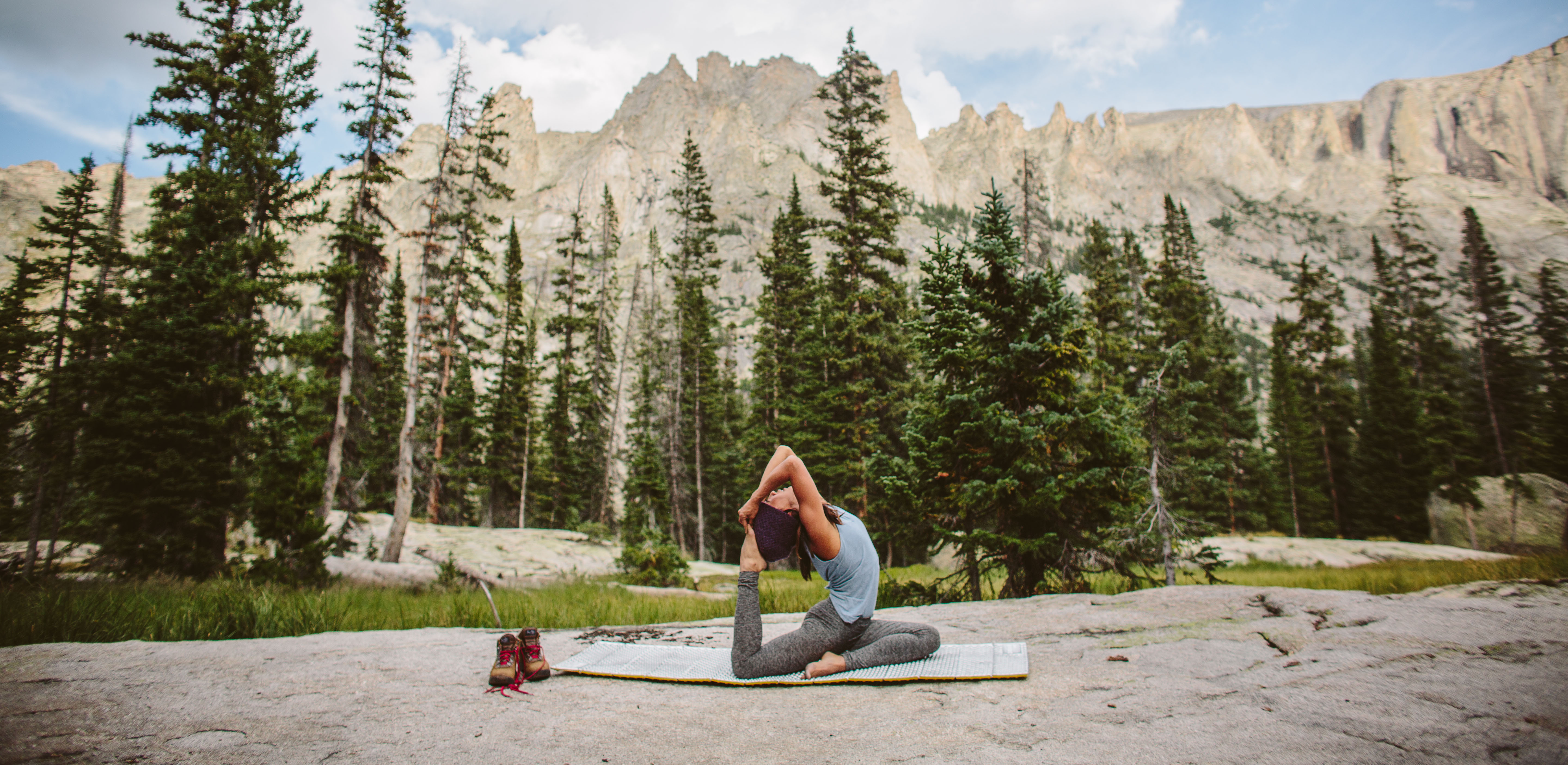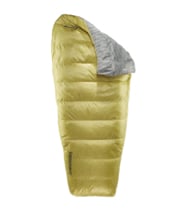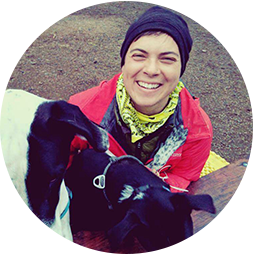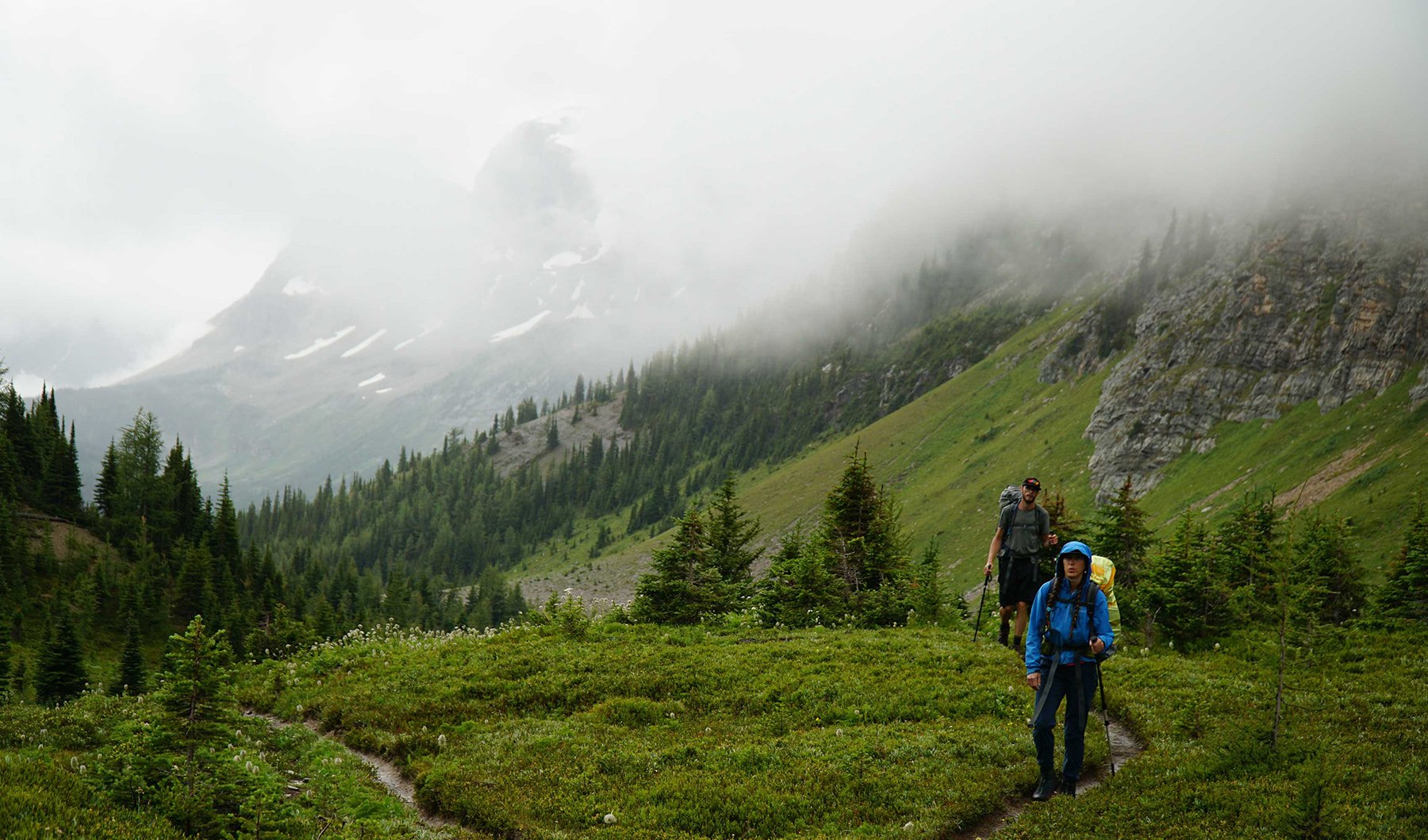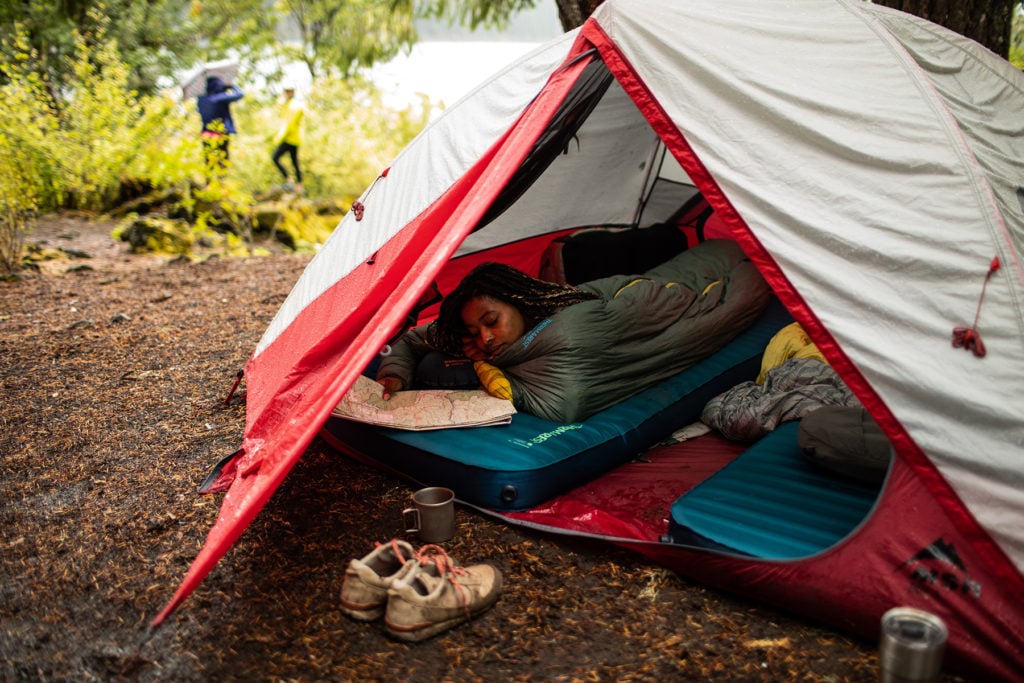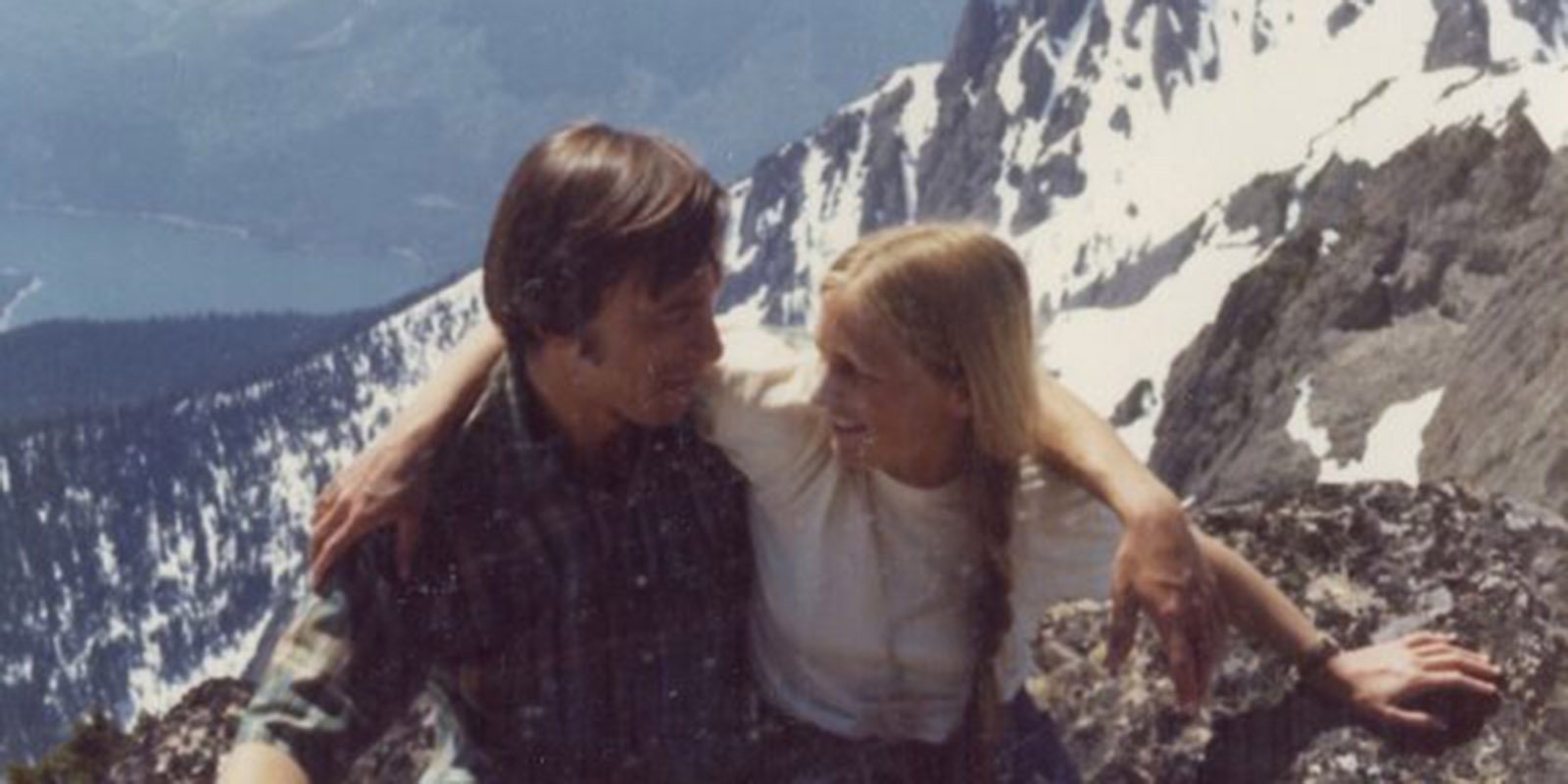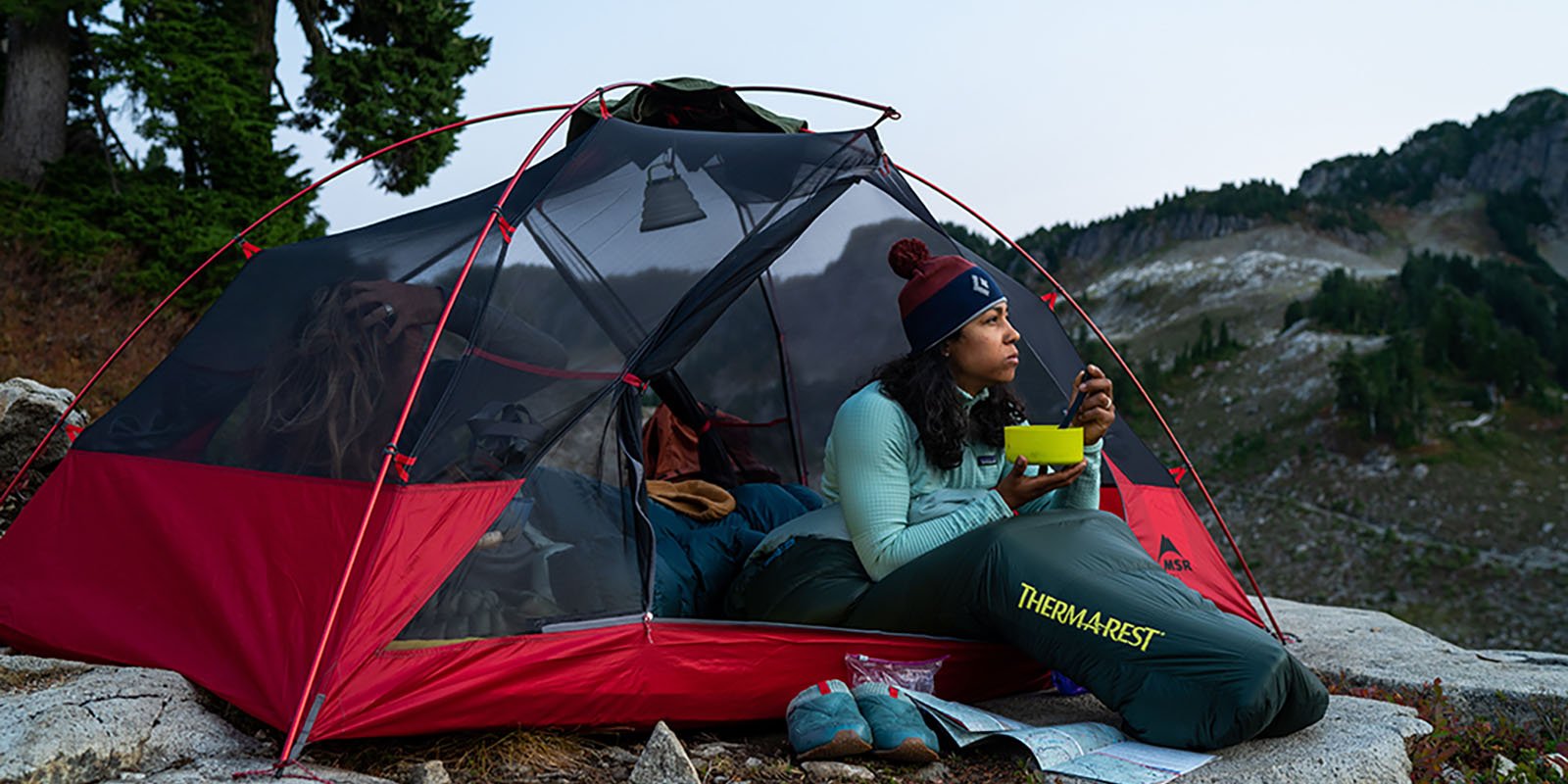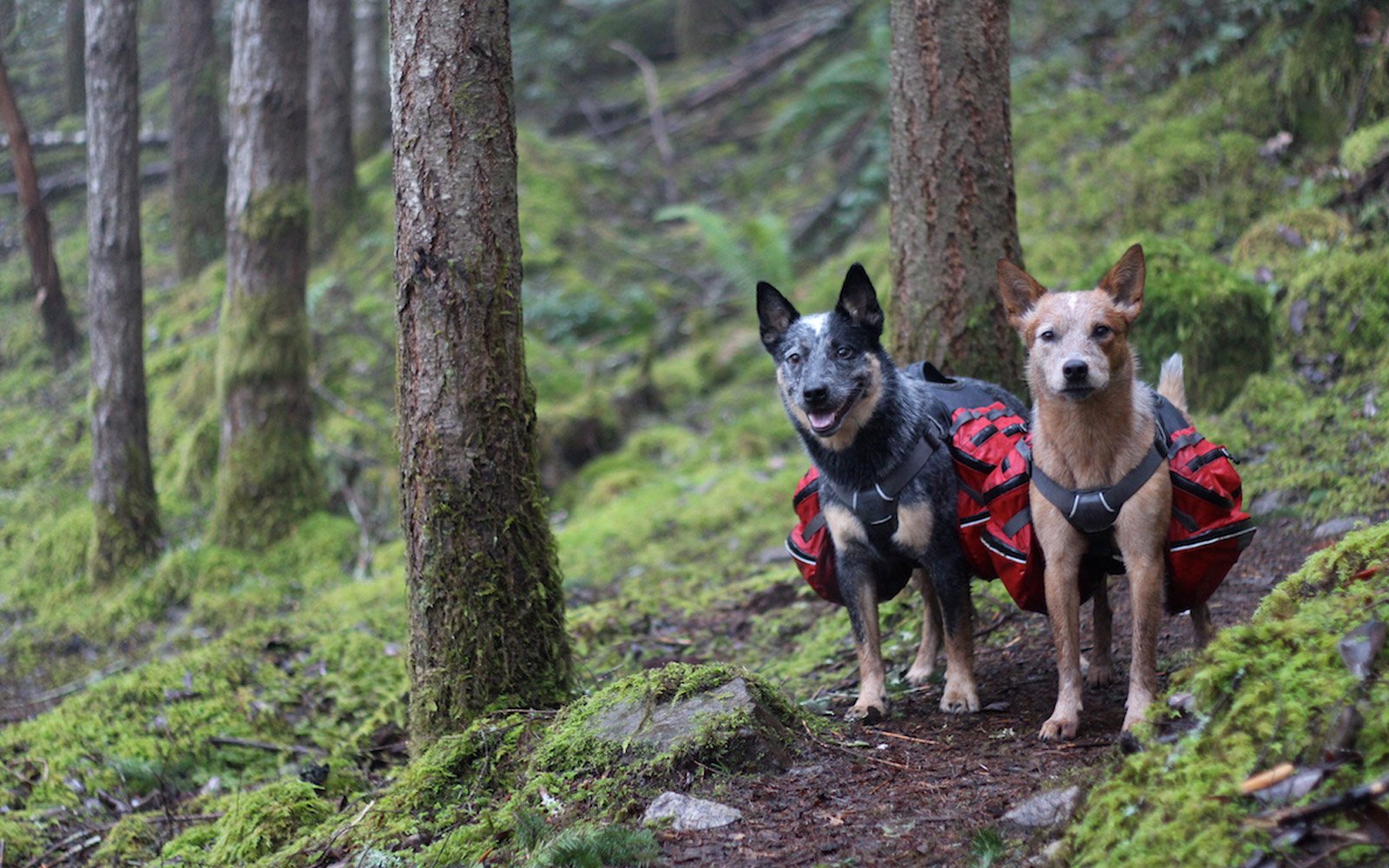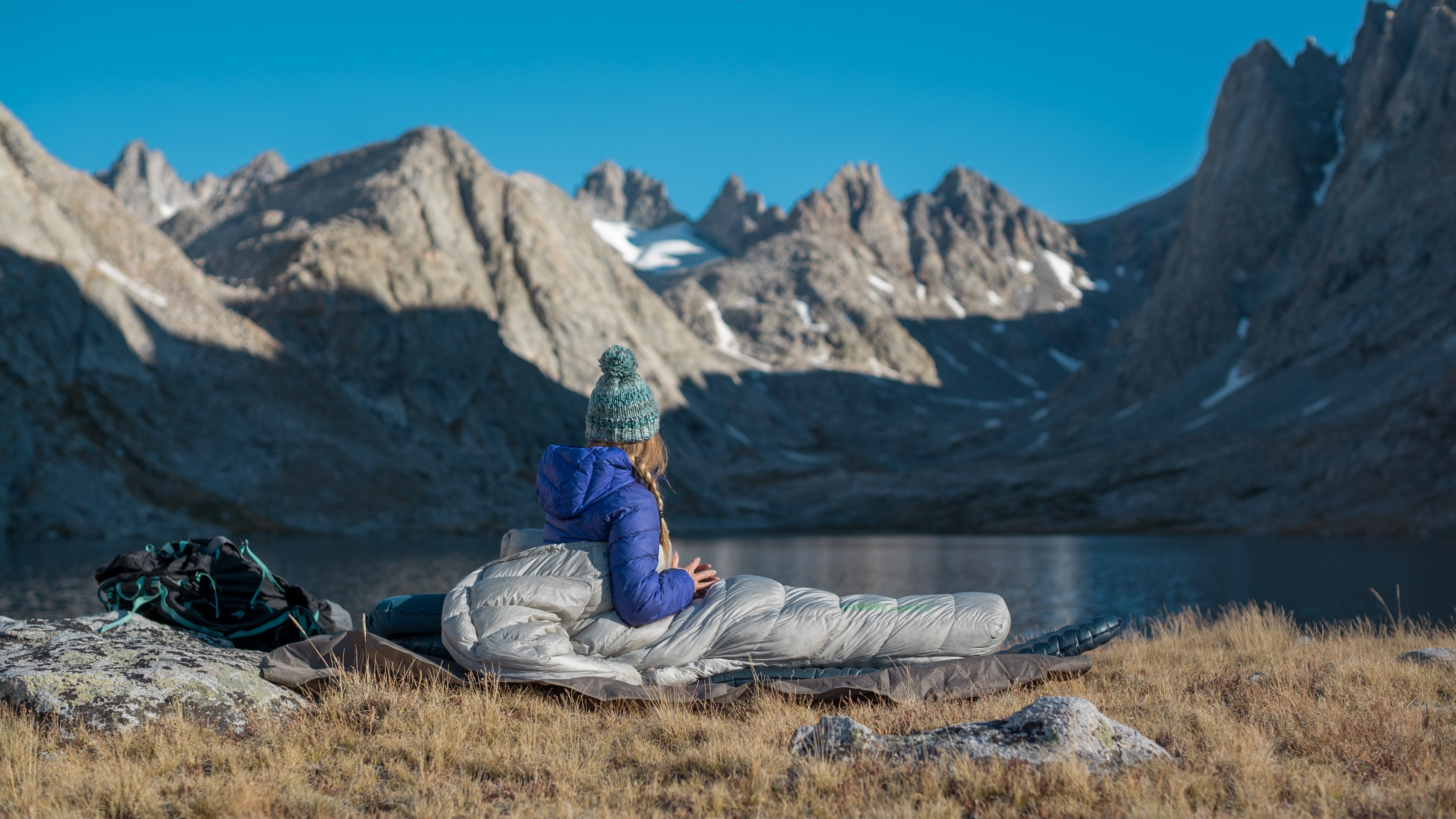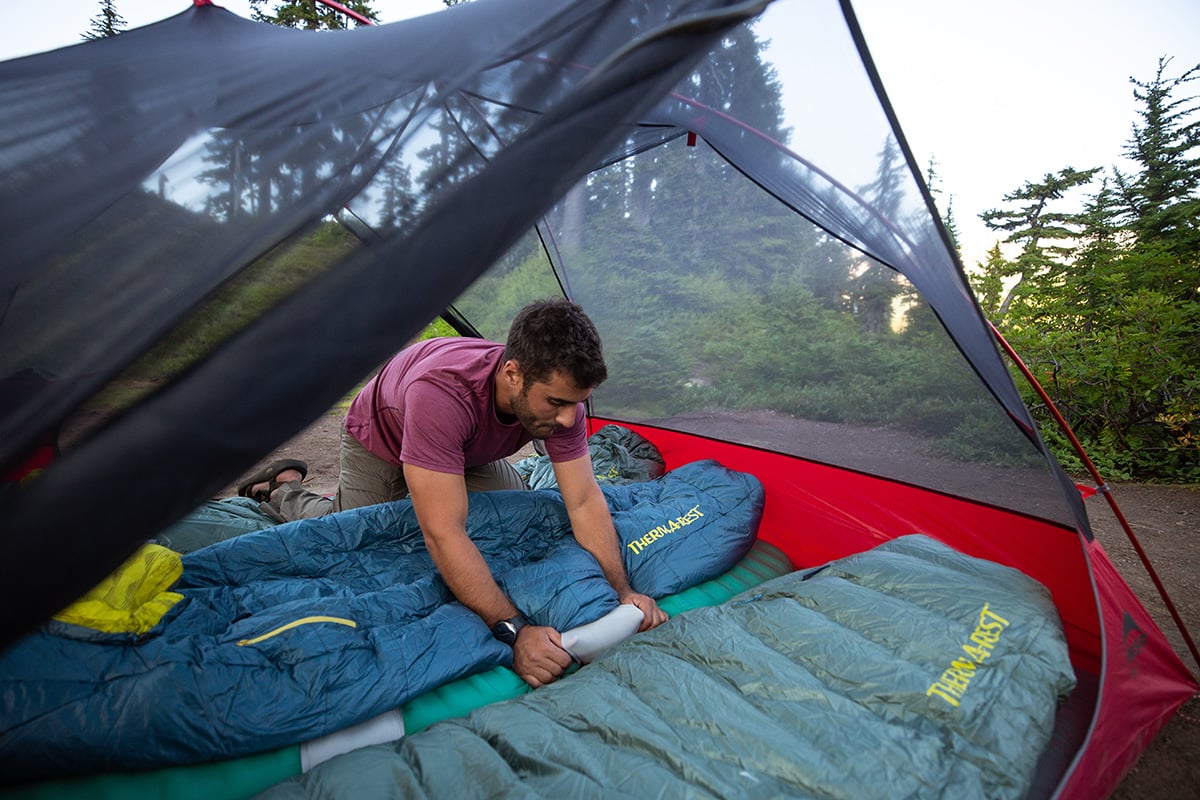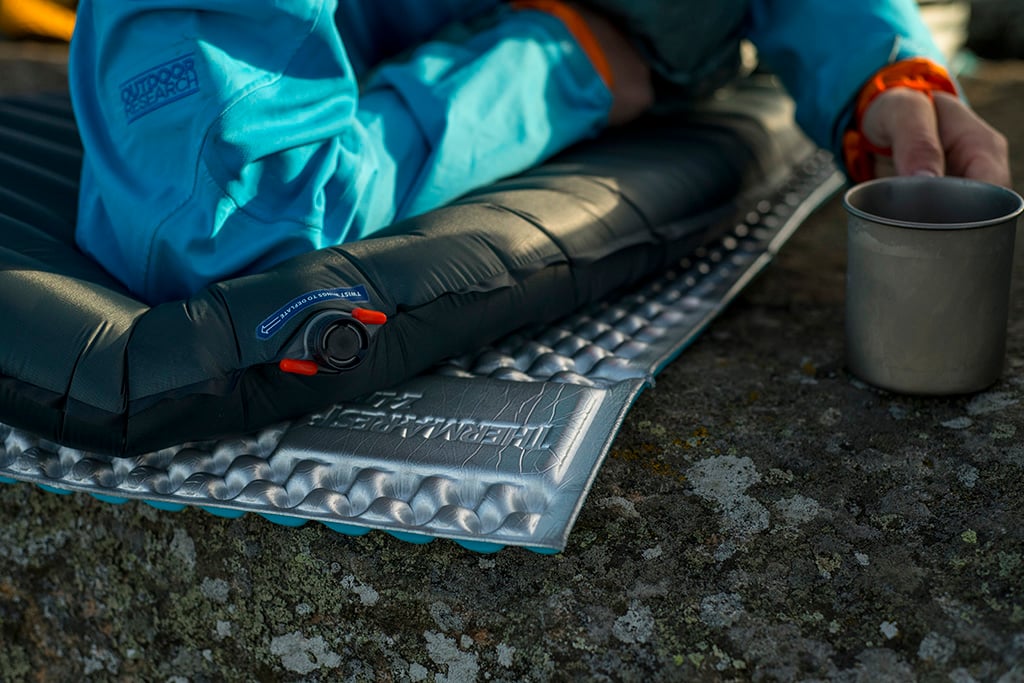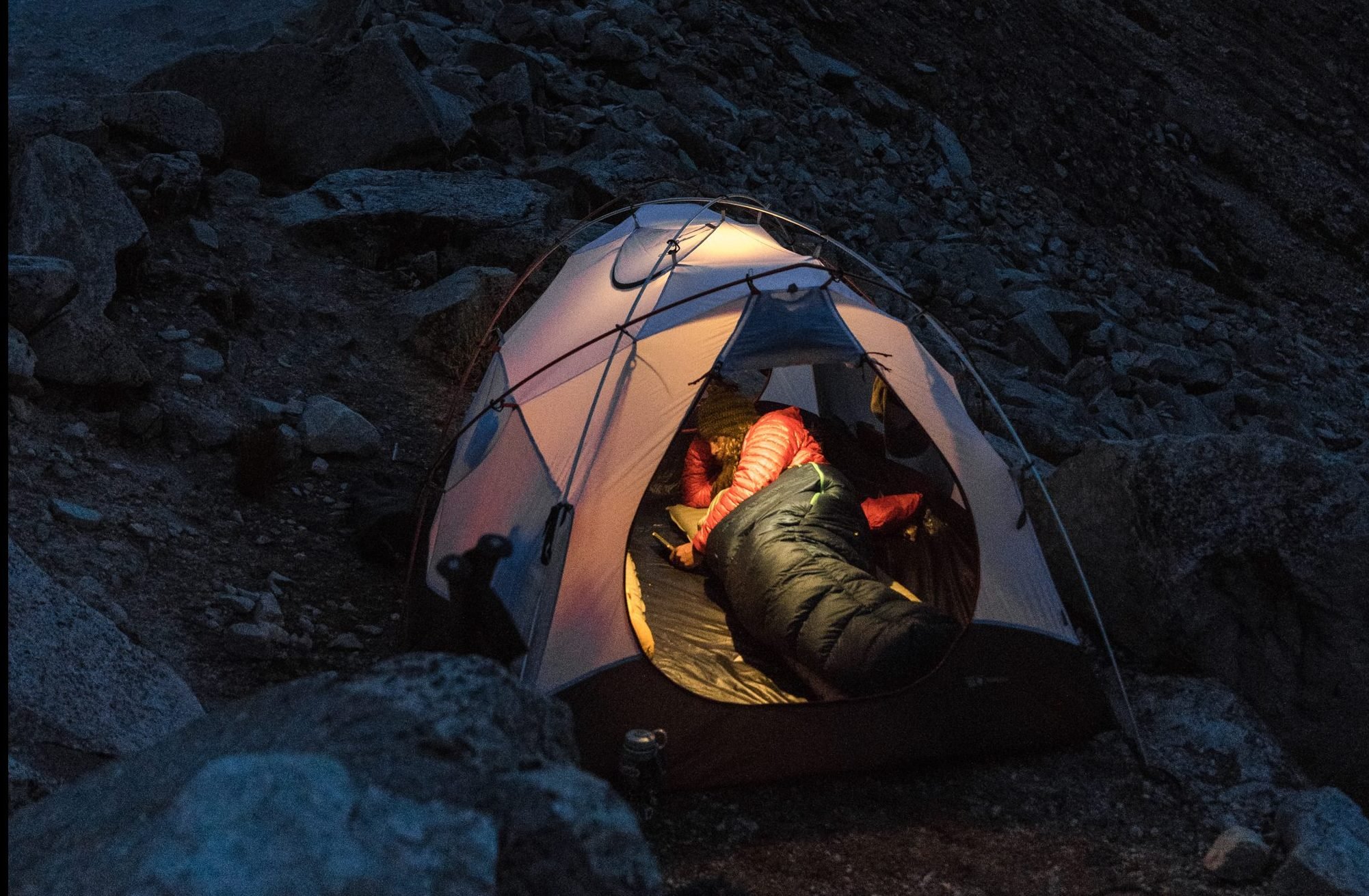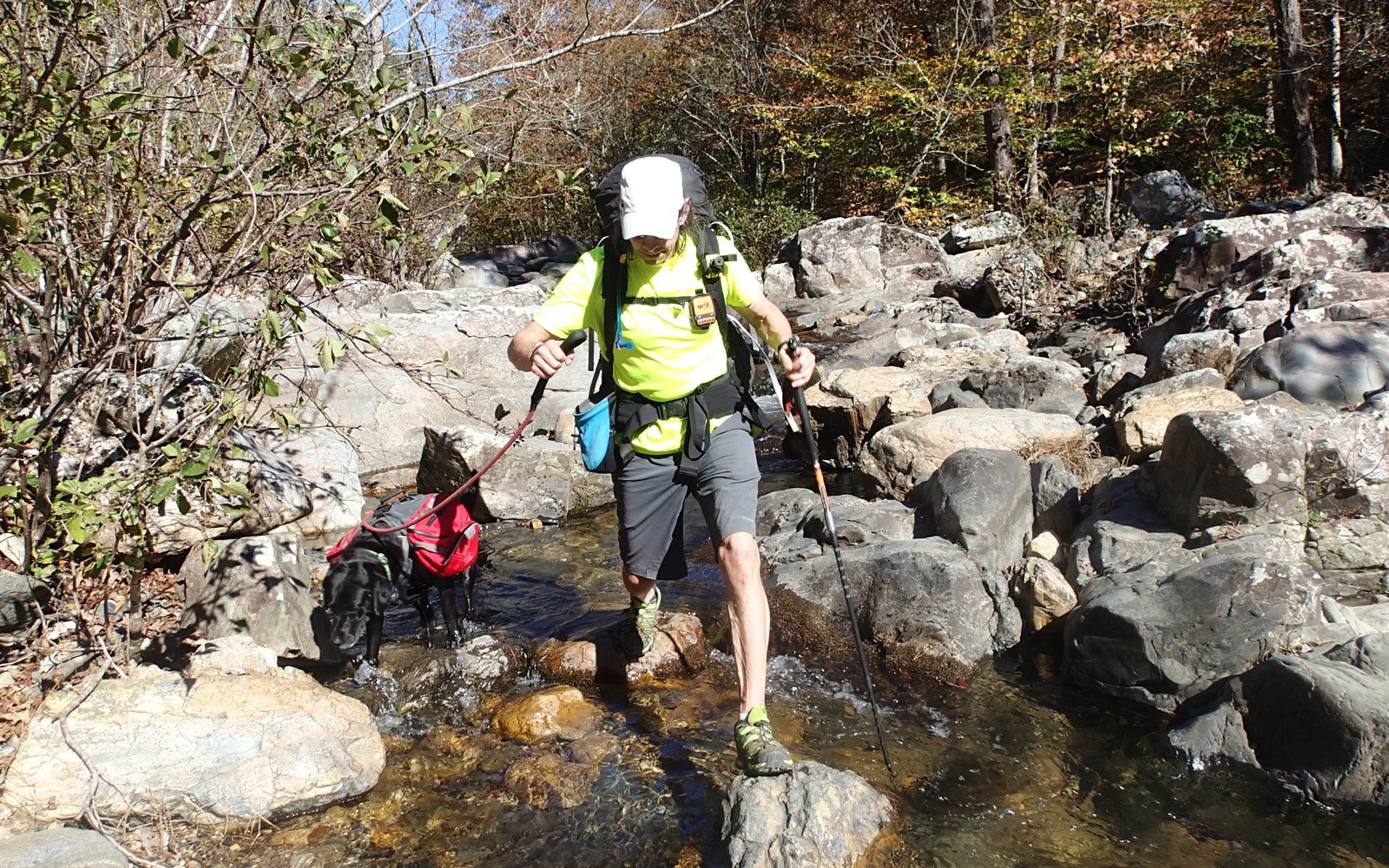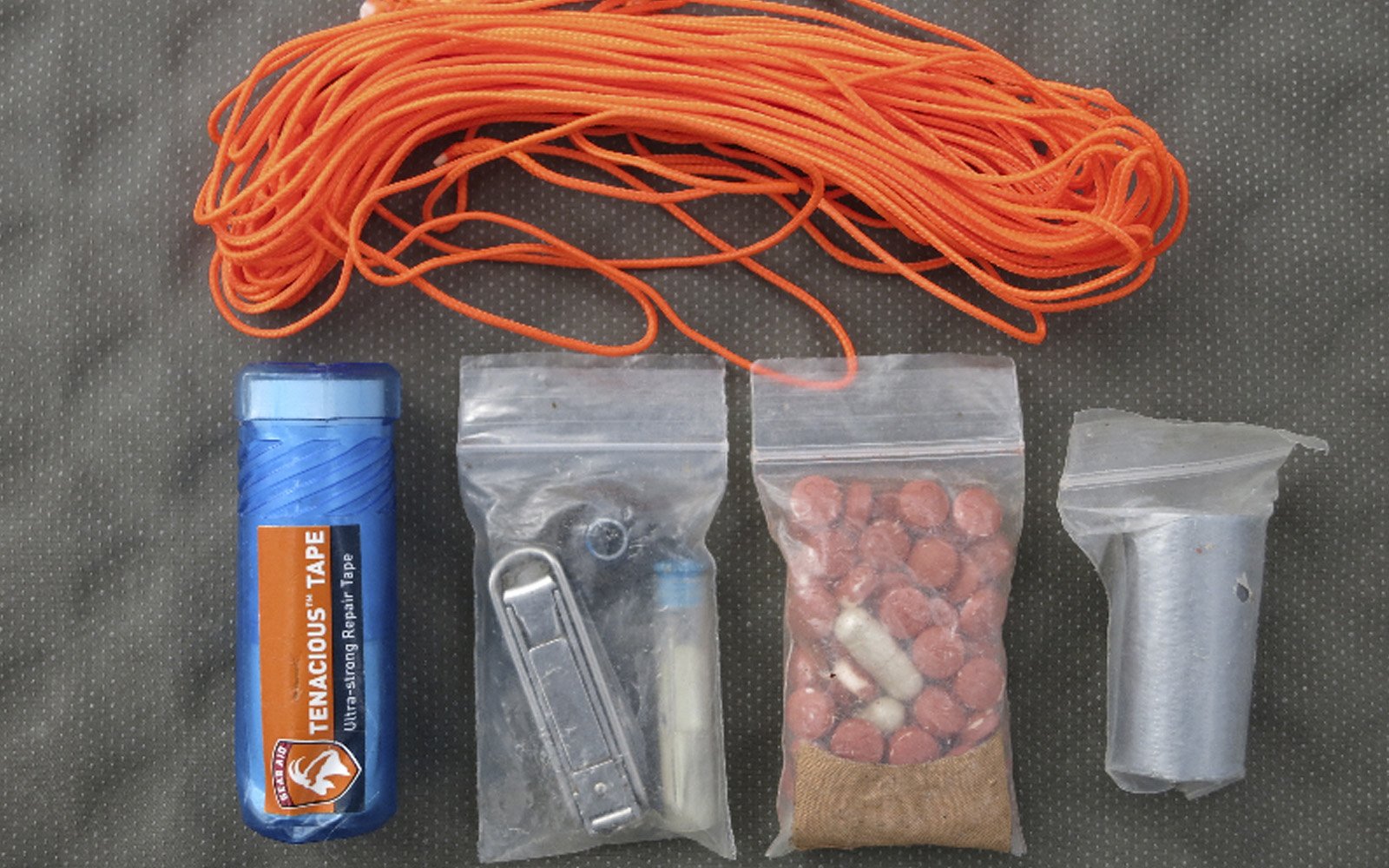Yoga is one of the best ways to stretch, strengthen, and meditate your way into a successful backpacking trip – whether your hike is a two-mile flat jaunt or 2,650-mile thru-hike. Taking time to become aware of your body, limber up your muscles, and focus in on your breath can transform a trying hike into a gift. Yoga has helped me stay limber and injury free on my hikes. Hopefully, these yoga tips for backpackers can do the same for you.
Begin with Breath
The foundation of a great yoga practice is breathing. Yogis use the word pranayama, which means “to extend the vital life force,” for breath work. But breathing isn’t just for lifelong yoga practitioners. Breathing work can support the parasympathetic nervous system, quiet the mind, and bring focus to the present moment. This leads to better backpacking, where mindfulness could be the difference between an enjoyable trip and a dangerous fall.
Studies have found that mimicking angry, sad, or happy breathing patterns can create the corresponding emotional states within subjects. So simply breathing in a relaxed, peaceful way could help in tough, painful backpacking situations – maybe halfway up that huge climb with a full pack.
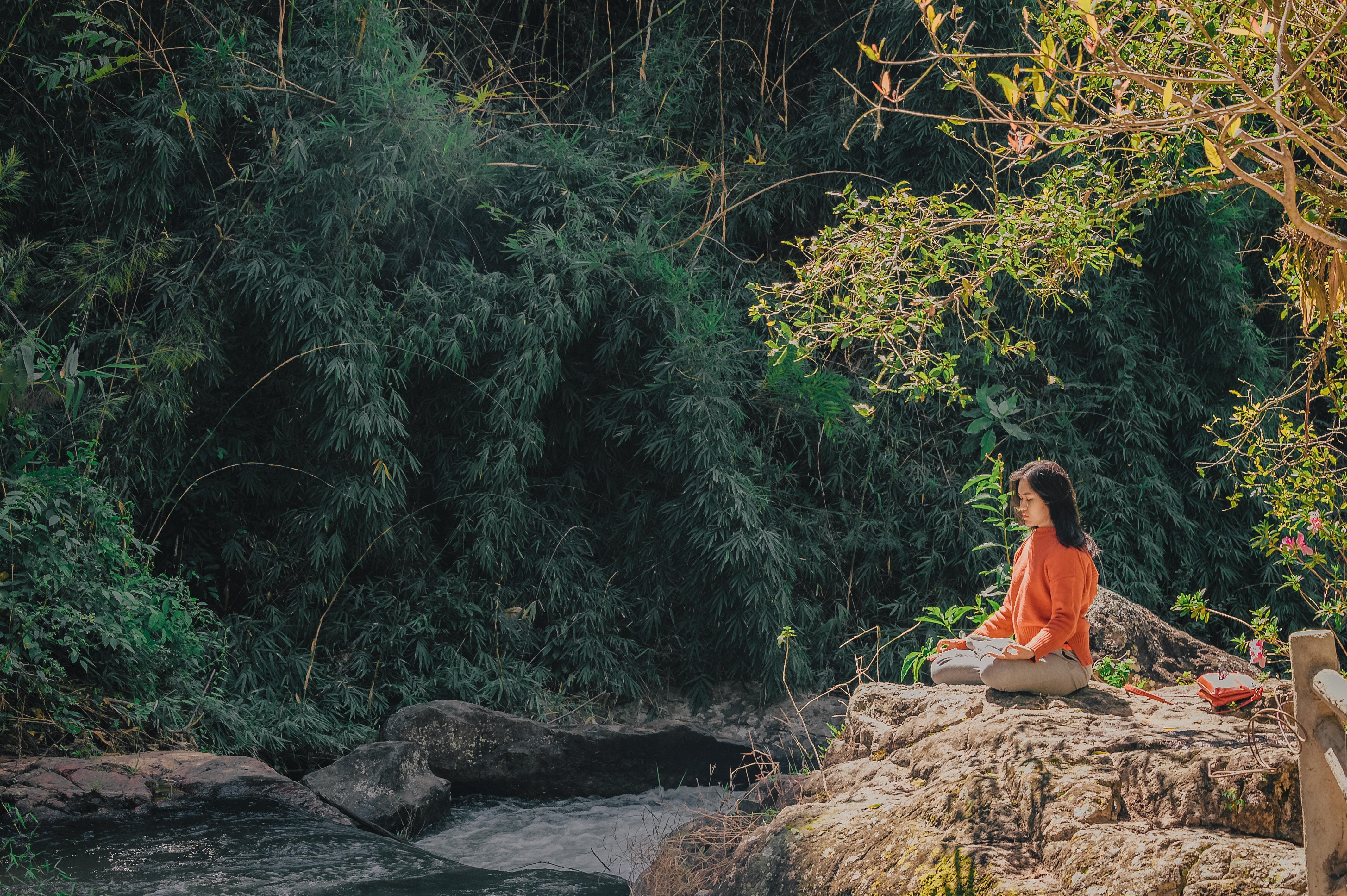
In each of the following yoga poses, focus your attention on your breath. Inhale through your nose, open your mouth and exhale slowly with a “ha” sound. After getting the hang of the breaking ocean waves sounds with your mouth open, close your mouth, continuing to make that “ha” sound while exhaling through your nose. Once you get used to this breathing technique, try it while hiking. Do you notice a difference in your mood?
Yoga for Backpackers: Poses
Whether you’re at home before your trip, taking a break midday, or settling into camp after a big-mile day, these four poses are perfect. They help stretch the body, quiet the mind, and generate strength perfect for backpacking.

Hero Pose
*Avoid this pose if you’ve had a knee or ankle injury.
Stretch your thighs, knees, and ankles with hero pose. Kneel on the floor with your inner knees together. Slide your feet wider than your hips, tops of your feet against the floor. Exhale and sit down between your feet, pushing your calf muscles out of the way. If you don’t rest against the floor, use a block, rock, or pad between your feet. Press your shoulder blades down your back and hold the pose for 30 seconds.

Standing Backbend
Stretch out your spine after carrying heavy loads with this move. Stand with your feet together, place your hands on your lower back, hands facing toward the ground. Push your hips forward and bend back at the torso. Hold for a few breaths. To push yourself, raise your hands toward the sky.

Standing Forward Bend
Relieve tightness in the spine and neck while also stretching out the hamstrings and calves. Stand with feet hip-width apart, inhale arms above the head, exhale, and fold to the ground. Bend your knees slightly and hold either elbow, letting your torso hang. To deepen the stretch, clasp your hands behind your back, bending your arms away from your head.

Warrior I
Find strength and length in your legs, abs, and hip. This pose is great for finding stability and balance. From standing, bend the knees and take a big step back. Place the back foot at a 45-degree angle, sinking into a lunge with the front leg. Keep the pelvis square to the front of the mat. Hold your hands in prayer position at your chest. Hold for a few breaths. Then switch sides.
I used these four poses all along my thru-hike of the Pacific Crest Trail (in the morning and during breaks), adding in ten sun salutations at camp every night. They kept me limber and injury free until Washington, where I stopped taking care of myself and started dealing with horrible shin splints. Whether I’m mountaineering, hiking or rock climbing, I use yoga to keep my body feeling ache-free and strong.
